|
TAROT
card meanings & free reading
|
Tarot Speaks to You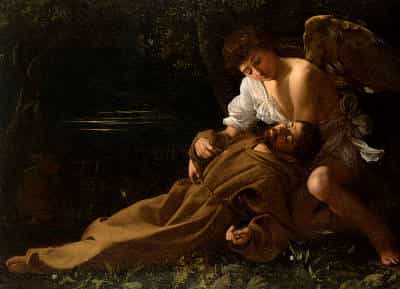 Saint Francis in Ecstasy, by Caravaggio 1594-95. The Tarot Cards Mean What They Mean to YouTo some extent it can be said about most methods of divination, but itís particularly true about the Tarot: It speaks directly to the one making the reading. The cards seemingly picked by chance are those that the reader will interpret in the proper way.
This may seem like stating the obvious, but it has important implications. Since the Tarot speaks through images, the interpretation of them is done differently depending on what eyes are watching and the mind behind them processing those images. Each of us is equipped with what can be called a context of our own. Talents, emotions, thoughts, beliefs, experiences and conclusions made by them Ė all of those things make up our mentality and influence how we perceive the world around us. When we see the Tarot cards, we will see them differently, maybe just slightly so, but in some cases the difference can be as big as between two languages. This uncertainty between how individuals see images can be compared to what the philosopher Ludwig Wittgenstein in his later work called language-games, where he stated that there is little to tell us that we ever mean the same thing when using the same word. That is even truer when it comes to pictures, which are virtually impossible to define in an objective way.
The image is full of Judeo-Christian symbols, such as the Devil of the Bible as well as Adam and Eve, the horns on their heads suggesting their fall into sin. A conservative Christian would find the card one of horror, warning about how easily man falls for temptation and the eternal slavery it leads to. To such a mind the card seems like the symbol of pure evil. Somebody with an occultist background, on the other hand, may see it as encouragement to challenge obsolete values and free oneself from the chains they put on us. Like Lou Reed expressed it: ďTake a walk on the wild side.Ē Many artists would probably think along somewhat the same line, convinced that without defiance there is no art and no progress. Someone versed in psychoanalytical terminology would think of libido and the way we humans tend to mix lust with guilt. If so, the card seems to show how fear and inhibition stops us from pursuing our path and realizing our potential. Those who are raised strictly and stick to Victorian morals would instead see the image as one of carnal desire and its dreadful consequences to oneís character.
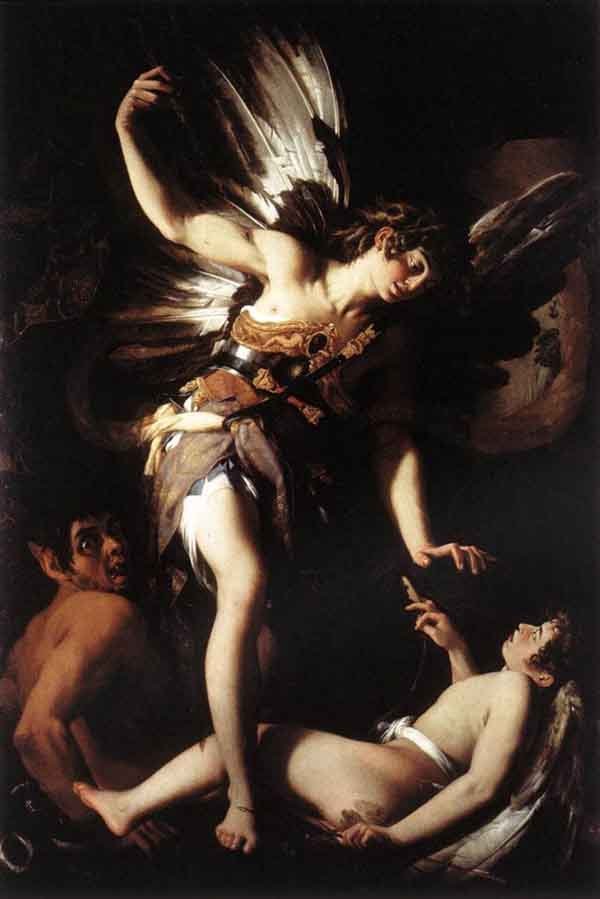 Sacred versus profane love, by Giovanni Baglione 1603.
What we see in images depends on what images we already have in our heads. So, to use the Tarot properly it must be understood that the one doing the reading is the one the images of the cards speak to. Thatís true also if the reading is done for somebody else. The reader is the interpreter, so the images have to relate correctly to that personís internal imagery. And they do, in a mysterious way. Therefore, when you make a reading, donít worry about what the ďtrueĒ meaning of a card might be. No manual can compete with your intuition, since you are the one making the spread and reading it. If you have one impression of a card and a manual suggest another Ė trust yourself more. Thatís so to speak what the Tarot is doing, and serving you the cards accordingly. Of course, this is also true about the meanings I suggest for the 78 Tarot cards. They are mere suggestions, really only intended to trigger your own imagination into doing all the work. You have to take the images in and extract their messages from the turmoil that is your mentality, experience, and acquired life wisdom. Thatís a reading worth contemplating.
You can experiment with this by trying one and the same question with a friend who is also familiar with the Tarot. Each of you makes a spread and reads it. Then you compare. So as not to make one reading influence the next, you should do them without the other person present and compare them only when thatís done. Youíll find that both readings have their merits. Maybe thatís the very core of any divination technique: itís nourished by the wisdom and experience of the reader.
About Cookies
My Other Websites:I Ching OnlineThe 64 hexagrams of the Chinese classic I Ching and what they mean in divination. Free online reading.
Complete HoroscopeHow predictions are done in classical astrology with the full horoscope chart. Many examples.
Creation MythsCreation stories from around the world, and the ancient beliefs about the world and the gods as revealed by the myths.
Other Books of MineClick the image to see the book (and Kindle ebook) at Amazon (paid link).
|
 Tarot Unfolded
Tarot Unfolded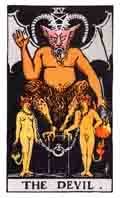 Letís take one example. The 15th card of the Tarotís Major Arcana is The Devil, showing him like a demon crouching on a pedestal to which man and woman are chained, completely naked.
Letís take one example. The 15th card of the Tarotís Major Arcana is The Devil, showing him like a demon crouching on a pedestal to which man and woman are chained, completely naked.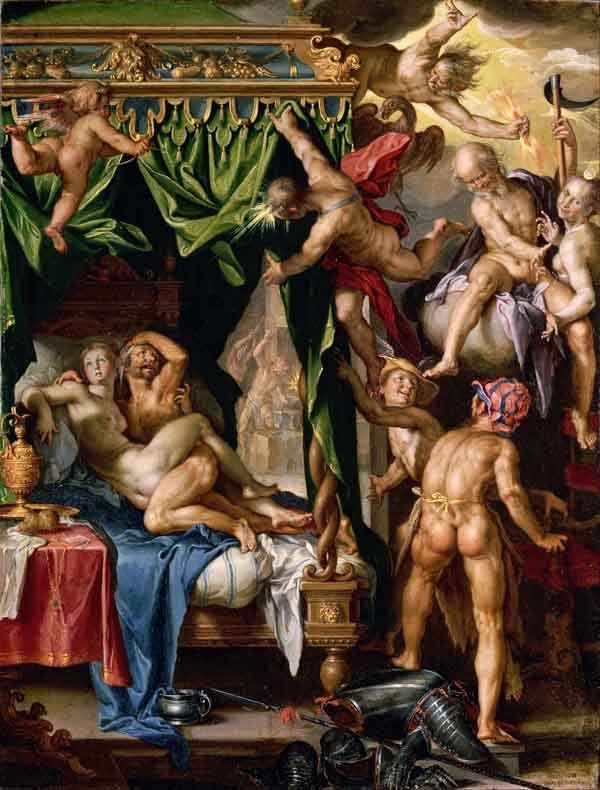
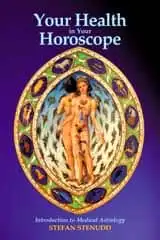


 Stefan Stenudd
Stefan Stenudd